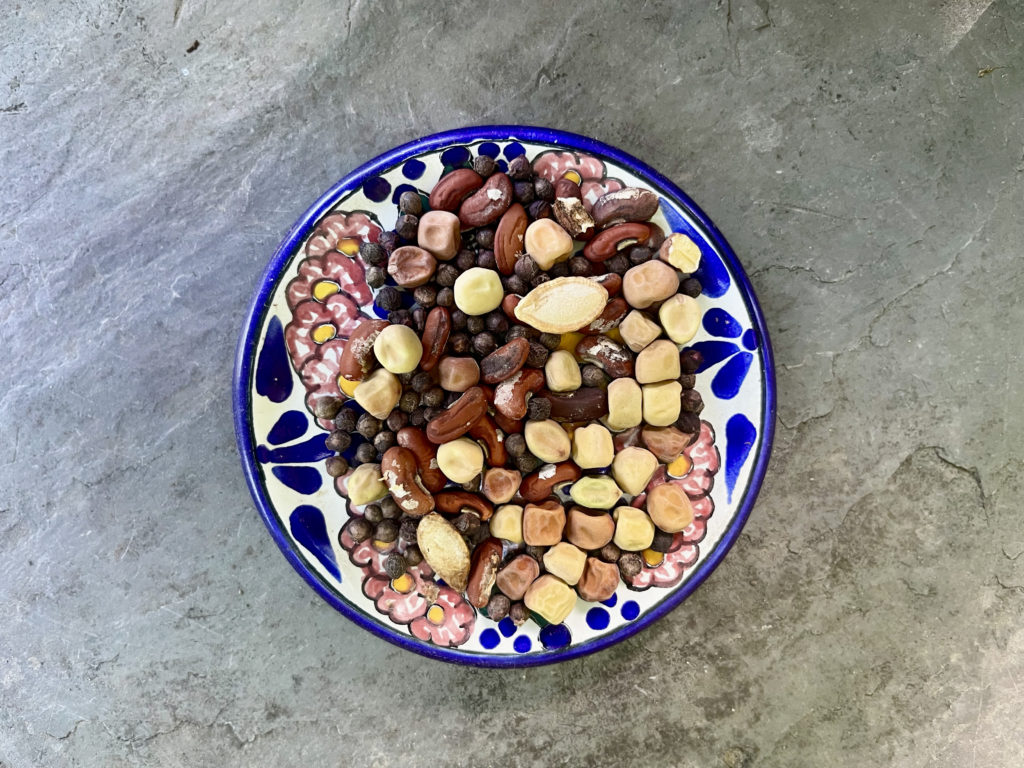Save Those Seeds

If you’ve ever grown fruits, herbs, vegetables or flowers from seed, you know how rewarding it is to watch a tiny nondescript bit of matter turn into melons and dill, cone flowers and zucchini—so many zucchini! Growing from seeds you’ve saved takes that sense of connection and wonder to another realm.
Seed-saving is time-honored, often an expression of a culture or heritage—heirloom produce for many of us is a reminder of home and previous generations. Seed-saving is also economical, costing exactly zero cents.
August is a good month to think about what plants you might want to save for seed. If you’ve still got peas on the vine, let them get tan and dry before harvesting. Ditto the beans. Save a few echinacea and let them mature to the point of setting seeds in their cones. Ignore your lettuce as it turns into a tower and bolts. Let a single zucchini or cucumber get bloated and squishy; it will offer more seeds than you’ll need for next season—and the one after that. Tomatoes and peppers can be harvested when ripe for eating, just set aside the seeds and dry them—and turn the juicy leftovers into salsa! For a demo on saving tomato seeds, check out this 12-minute Dirty Gaia video with Hudson Valley Seed Co.’s K Greene.
Keep in mind that seeds from hybrid plants aren’t great for seed-saving, unless you’re in an experimental frame of mind. Because they’re a mix of at least two varieties, there’s no telling how the next generation will turn out, but it’s not likely to be true to type (meaning, it won’t be a replica of the parent plant).
Self-pollinating plants are the most reliable for seed-saving—peas, beans, peppers, tomatoes, for example—because there’s no chance of them being cross-pollinated by another similar plant nearby. This article from Seed Savers Exchange lays out the basics.
And Petra at Fruition Seeds offers a great seed-saving video.
When you’re imagining next year’s garden, keep seed-saving in mind as you choose plants and their placement. With that simple step you’ve already upped your game, and given your garden a heritage of its own.
As always, we’d love to see what you’re up to. If you post shots of your garden and produce, tag us! #dirtygaiahv
—Margot Dougherty
